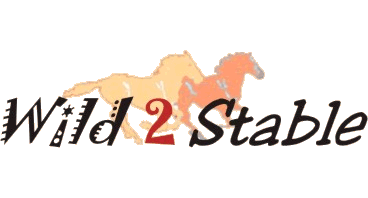
Foundation Training Definitions
A natural approach uses the inherent nature of the horse to gain his understanding, acceptance, and trust of human intentions toward him. This approach takes each horse's individual personality into account and utilizes behaviors such as curiosity, flight response, and herd dynamics and communications to get the desired response from the horse.
Classical method uses the ancient and time-tested natural aids of balance/seat position, hands, legs, and voice to communicate with the horse while riding. These aids are applied to encourage, motivate, and shape the horse to move in the desired fashion. All disciplines employ these aids for the required posture and movement of the horse.
Behavioral science principles include:
-Pressure/release—method of rewarding the horse for correct response to a cue. The cue is pressure somewhere on the horse; the reward is stopping the cue. The horse prefers no pressure, so over time the horse remembers what he was doing when he got the release and will repeat the response to the same cue to get release again.Persistence is required when teaching a cue or desensitizing the horse to something fearful. The training session cannot stop until the horse reliably responds appropriately.-Conditioned response—teaching the horse to respond specifically, consistently, and automatically to a specific cue.
-Desensitization—process of getting horse to remain calm and accept objects or situations that initially scared him.
Patience is absolutely necessary for all the other components to work. Some horses take longer than others to learn. Each horse must be given the time he needs to understand what is required of him.